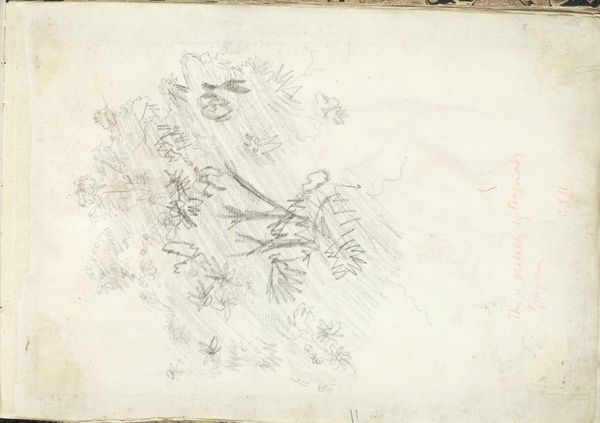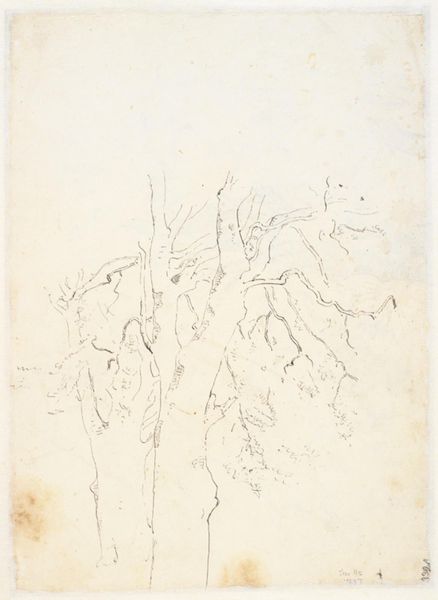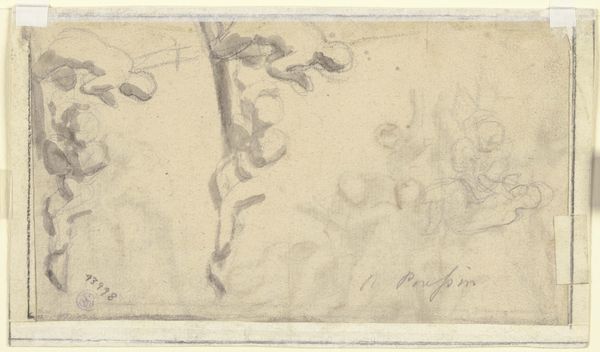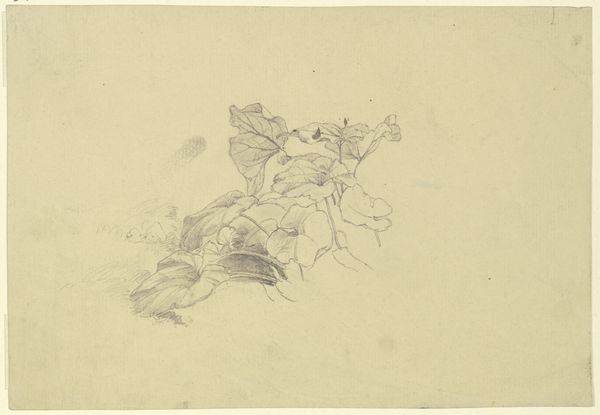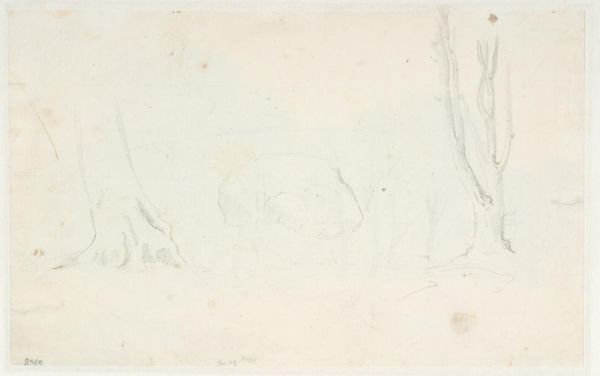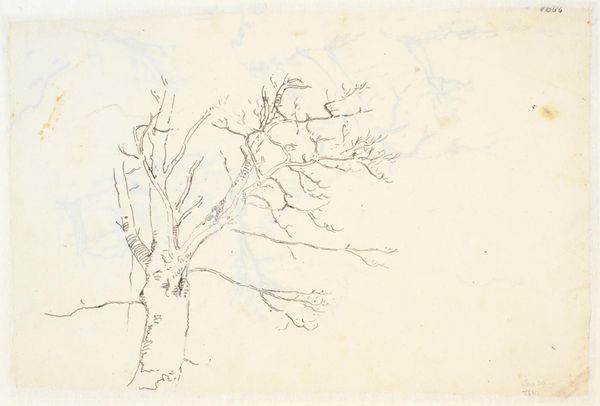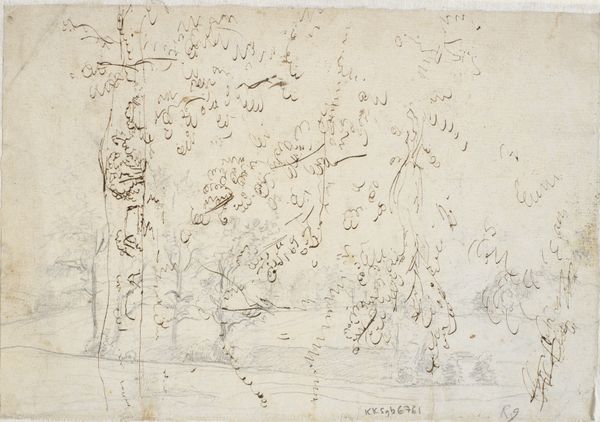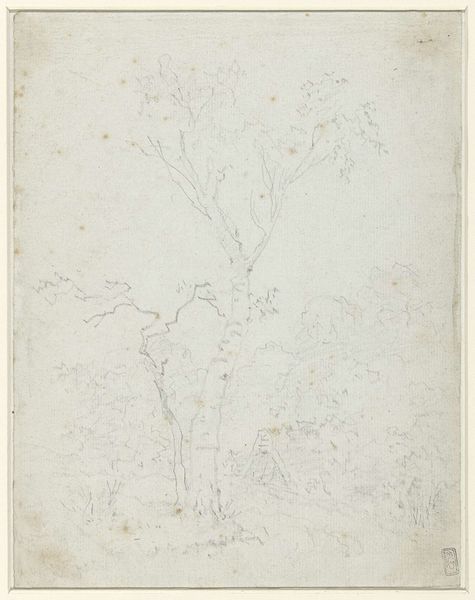
drawing, pencil
#
drawing
#
landscape
#
romanticism
#
pencil
Dimensions: 197 mm (height) x 267 mm (width) (bladmaal)
Curator: What strikes me immediately about Dankvart Dreyer’s "Bladstudier," or "Leaf Studies," from 1840, is its ephemeral quality. It is delicate; almost a whisper of nature captured in pencil on paper. Editor: I see the pencil medium as indicative of both access and method. Was the choice a reflection of readily available materials, or perhaps a conscious engagement with the burgeoning field of botanical study at the time? And did that impact the labor and availability of his artworks? Curator: Those are fascinating entry points. Dreyer’s work, and Romanticism in general, very deliberately examined humanity’s relationship with nature. Consider the Industrial Revolution unfolding at this time. These artists provide a visual counternarrative. They champion nature at a time when it was viewed more and more as simply a resource to exploit. Editor: And how does Dreyer approach these observations materially? We have subtle shifts in pressure that produce volume and texture, but is the method a careful, meticulous recreation of the natural world, or something else? How would it compare with depictions of this same kind in painting or printmaking, given different expectations for these art forms? Curator: His approach, which focuses so minutely on individual leaves and their forms, elevates the mundane. It suggests the artist found profound beauty in the details often overlooked. Also, notice that despite the overall delicacy, there's an undeniable scientific rigor, an impulse towards classification. The piece reminds us to stop and notice. Editor: I appreciate your point about that act of close looking. To me, this speaks to how we relate to nature, and that through close material engagement and documentation of leaves and flora, an audience is invited to reconsider the relationship of land, plants and people. What is lost to urbanization, what is gained, what stories and uses have the materials of the natural world lost, too? Curator: Yes, and reflecting on all this makes me even more appreciative of what Dreyer tried to convey about our relationship with our ecosystem, with those materials from nature that sustain us and inspire us. Editor: Indeed. His careful work reminds us that material investigations always carry within them larger implications, like human relationships, industrial impacts, and labor and access, across landscapes, and eras.
Comments
No comments
Be the first to comment and join the conversation on the ultimate creative platform.

